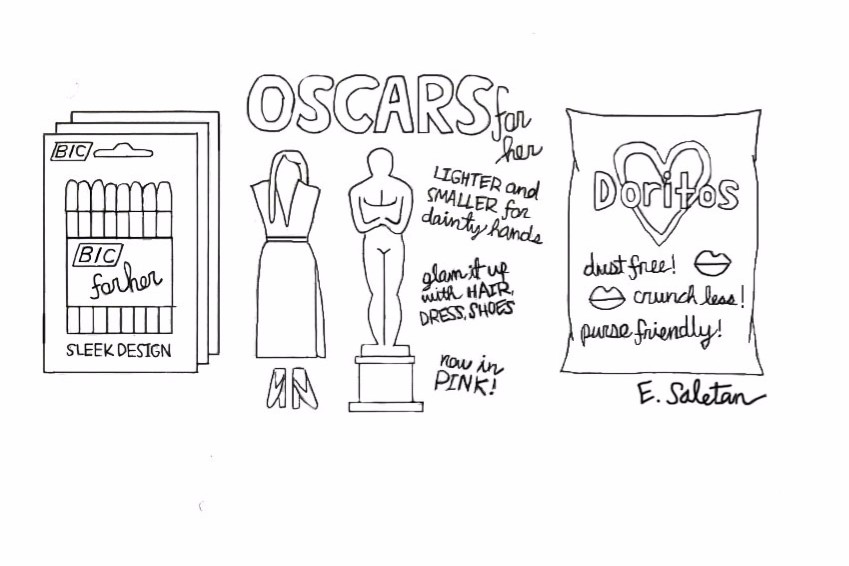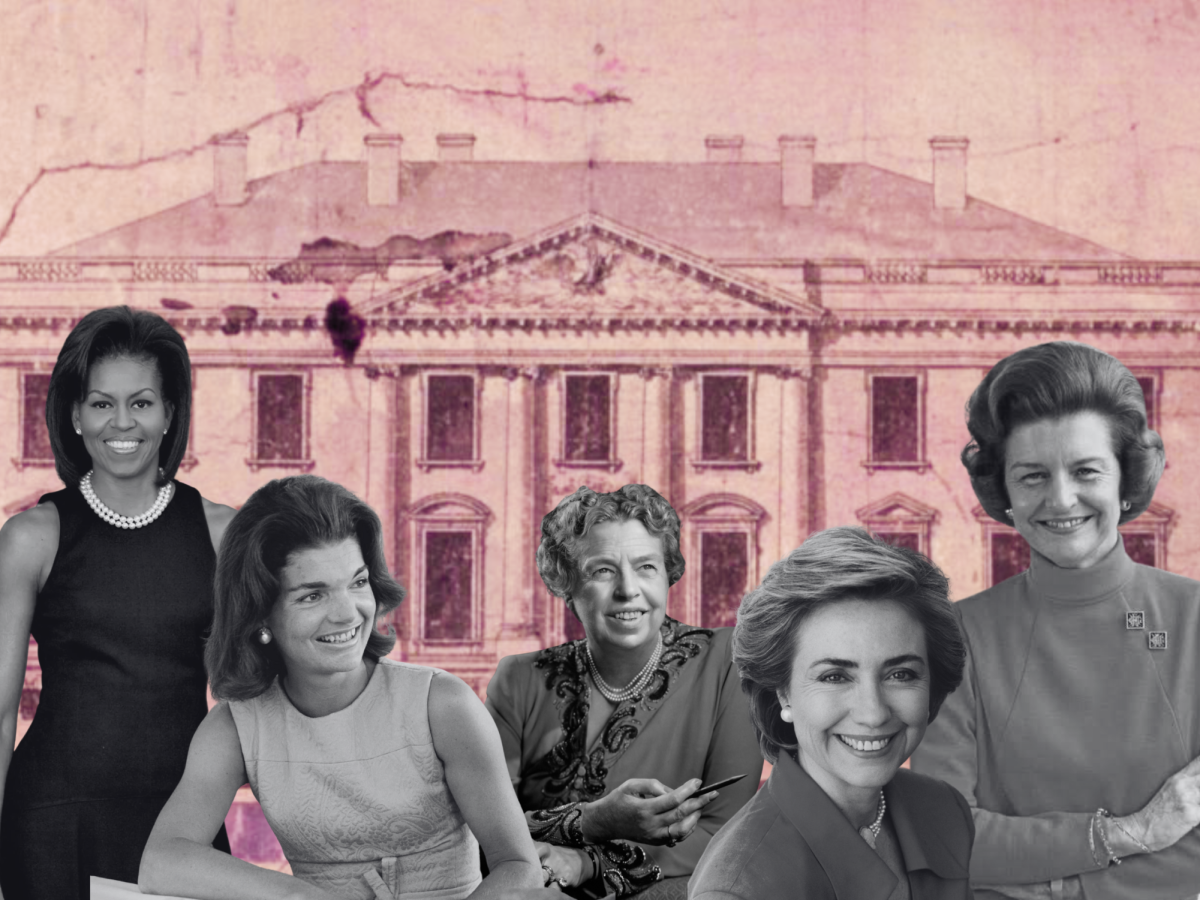Don’t separate acting awards by gender
March 6, 2018
Pens made for women, gendered sets of earplugs and men’s tissues all appeared on Buzzfeed’s list of pointlessly gendered products that took the Internet by storm in 2014. But the media outlet omitted one lesser-known, yet clearly unnecessarily gendered product: an Oscar statue.
The tradition of having separate awards for actors and actresses goes back to 1929, when the first Academy Awards ceremony was held. Just shortly after women gained the right to vote in 1920, it didn’t seem odd that men and women should compete separately for an artistic award where no gender has a biological advantage.
But newsflash: it’s not 1929 anymore, and 89 years later, the award categories are in desperate need of a revamping. In 2011, the Grammys recognized this and eliminated gender separation for awards, and MTV followed suit in 2017. Now, all entertainment awards shows—such as the Oscars and the Golden Globes—should do the same.
There’s legitimate reason to separate some things, like male and female sports; separate biological traits make men and women difficult to compare. Putting males and females in separate categories for acting implies the same thing: that males and females don’t compare in this aspect. But in reality, acting is the art of embodying a character convincingly—and there’s nothing gendered or biological about that.
Without one gender having a biological advantage onscreen, it’s evident that gender-segregated categories are based on contrived societal norms about what gender means. The awards cement stereotypes that male actors are the real heros, while women need their own category for second-class roles. There’s a reason we don’t separate awards for best director, cinematographer or costume designer by gender, yet the same logic has arbitrarily excluded actors and actresses from competing on the same playing field.
Some feminists are concerned that if awards for best actress are eliminated, discrimination will prevent women from winning their fair share of awards. To an extent, this is probably true. For example, only one woman has won the Academy Award award for best director, not separated by gender over its 75 years, though this disparity is compounded by the fact that there are few female directors at all, reports Time Magazine.
But as counterintuitive as it might seem, even if fewer females win awards, the switch would still benefit women in entertainment. By separating categories into genders, we allow ourselves to become complacent in sexist institutions. It’s better to understand that women are underrepresented in film than prolong the faux equality that award shows create. The ratio of men to women who win acting awards is one to one, promoting the appearance that the industry has achieved gender equality.
But this is far from the truth: females make up only 12 percent of protagonists in top-grossing films and face frequent misogyny on the job, reports Variety, an entertainment magazine. Being more transparent about these gender disparities, rather than hiding behind separate categories would open people’s eyes to sexism in Hollywood and create constructive dialogue.
The viability of this option is evident in looking at the industry’s interaction with race: African Americans, like women, are underrepresented in the entertainment industry. Only 14 African Americans have won acting Oscars in the history of the awards, leading many to boycott the Oscars and spread #OscarsSoWhite on social media, USA Today reports. Imagine, then, if the Academy decided to create a separate category for Best African-American Actor. The notion is absurd, and the Academy rightly isn’t using that strategy to create more diversity. Instead, it’s working to target the root of why people of color aren’t winning by tackling discrimination and ensuring minorities have a fighting chance. We owe these award shows credit for starting a dialogue about racism in Hollywood. Perhaps by putting men and women in the same categories, we can shine the same critical spotlight on sexism.
Despite Hollywood’s supposedly progressive values, this tradition has it stuck in the 1920s. If we are to truly create equality in the entertainment industry, it starts with putting males and females in the same competitive arena.











